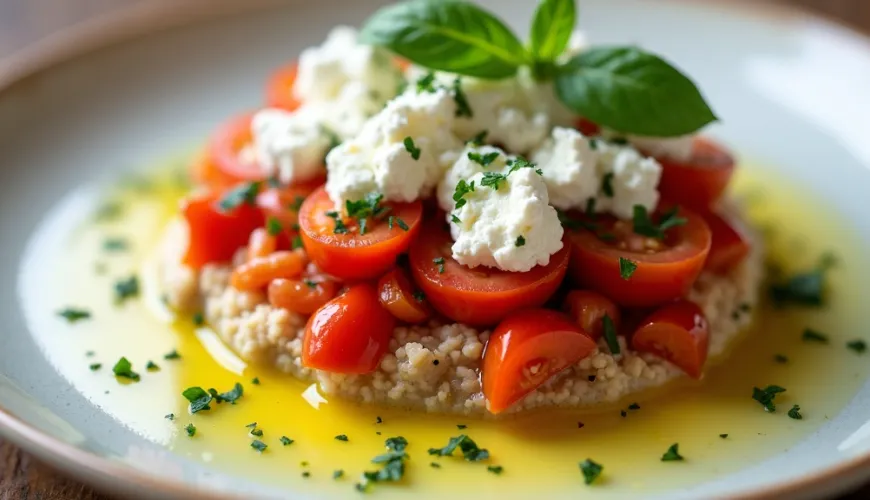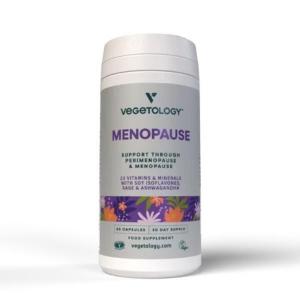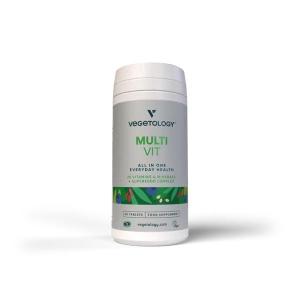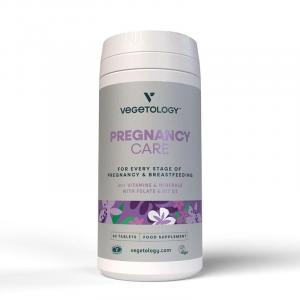
How to Easily Make Homemade Hummus You'll Love

Hummus as Part of a Healthy Lifestyle
Creamy, smooth, nutritious, and surprisingly simple. Hummus has long made its way from the Middle East into kitchens around the world. And it's no wonder—its composition and taste make it an ideal partner for those seeking a healthy, plant-based, and tasty alternative to common spreads and dips.
More and more people today are striving for a more sustainable way of life, not only by choosing their clothing or cosmetics but also by what they put on their plates. Homemade hummus proves to be a great choice in this regard. It is plant-based, gluten-free, full of protein and healthy fats, and most importantly—its preparation is easy, quick, and doesn't require special equipment or exotic ingredients.
What Exactly is Hummus and Why Should You Include It in Your Diet?
Hummus traditionally comes from the Levant region—today's territories of Lebanon, Israel, Palestine, and Syria. Its main ingredients are cooked chickpeas, tahini sesame paste, lemon juice, garlic, and olive oil. In this form, hummus is a common part of the diet in many households from Egypt to Turkey.
However, today hummus is more than just ethnic food. It has become a symbol of modern healthy cuisine and is often found not only as a spread on bread but also as a dip for vegetables, an addition to sandwiches, or a component of a buddha bowl. It's a dish that can be easily personalized—by adding herbs, roasted vegetables, or omitting some ingredients based on current supplies or dietary preferences.
Its nutritional value is a big bonus. Chickpeas are full of plant-based proteins, fiber, iron, and magnesium. Olive oil provides healthy fats, while garlic and lemon juice contribute not only to the taste but also to antioxidant effects. And what's more—if you prepare hummus yourself at home, you have full control over its composition. You can make it less salty, without additives, preservatives, or excess fat.
Try our natural products
How to Make Homemade Chickpea Hummus Step by Step
Making homemade hummus is so simple that after the first attempt, most people never reach for the store-bought version again. The cornerstone is quality chickpeas. You can use either canned (a quick and convenient option) or soak the chickpeas overnight and cook them until soft, which guarantees a better texture and taste.
Basic Recipe for Homemade Hummus
Ingredients:
- 1 cup cooked chickpeas (or 1 can of drained chickpeas)
- 2 tablespoons tahini (sesame paste)
- 1–2 cloves of garlic
- Juice from half a lemon
- 3–4 tablespoons of olive oil (preferably extra virgin)
- About 2–4 tablespoons of water (depending on desired consistency)
- A pinch of salt
- Optional: a pinch of cumin or ground paprika
All ingredients are simply blended in a blender or food processor into a smooth paste. If the resulting hummus is too thick, just add a little water or olive oil. The result is a smooth, creamy dip that tastes great on its own with pita bread or vegetables, as well as a part of more complex dishes.
And what if you don't have tahini at home or don't want to use it?
Homemade Hummus Without Tahini? It's Possible and Tastes Great
Many people ask if it's possible to make homemade hummus without tahini. The answer is simple: Yes, and the result will likely pleasantly surprise you.
Tahini sesame paste gives hummus a specific nutty flavor and creamy texture, but it is not indispensable. Additionally, for some, tahini may be hard to find, expensive, or cause allergies. In such cases, several alternatives are available.
For example, you can add a tablespoon of quality peanut or almond butter to the hummus, which will provide a similar texture. Another option is to increase the amount of olive oil and perhaps add a drop of quality white sesame oil to retain at least part of the characteristic aroma.
Or simply prepare a completely basic version with only chickpeas, garlic, lemon, and oil. The resulting homemade hummus without tahini may be less "traditional," but it will certainly be tasty and nutritious.
Variations Worth Trying
The magic of homemade hummus lies in the fact that you can customize it exactly to your taste. Some prefer a mild version with a dominant lemon flavor, others enhance it with stronger garlic or distinct cumin. Then there are various creative variations that take hummus to another level.
One of the most popular variations is hummus with roasted red beetroot, which adds not only beautiful color but also a slightly sweet taste. Or try adding sun-dried tomatoes, grilled peppers, or fresh herbs like cilantro or parsley. For those who love spicy flavors, there's the option to add some harissa, chili, or smoked paprika.
One young family from Brno, for example, regularly prepares hummus as part of their Saturday brunch. "The kids love the version with roasted pumpkin, while we adults enjoy a slightly spicy variant with chili and lime. The best part is that everyone can take what they like," they say.
How to Store and Serve Hummus
Homemade hummus lasts in the refrigerator for about 4–5 days, ideally stored in an airtight container. If you pour a bit of olive oil on the surface, it will stay fresh longer. It also freezes well, although it may slightly change texture after thawing—just stir or briefly blend it.
For serving, besides the classic pita, fresh vegetables (carrot, cucumber, radishes), whole-grain crackers, or sourdough bread work great. Hummus is also excellent as a base for sandwiches, a filling for tortillas, or as part of hot dishes—such as combined with roasted vegetables and grains like bulgur or quinoa.
Why Make Your Own Hummus Instead of Buying It?
At first glance, it may seem that store-bought hummus is a more convenient option. Just open the package, and it's ready. However, most supermarket versions contain not exactly ideal ingredients—preservatives, an excess of salt, cheap oils, and often only minimal amounts of tahini.
Homemade hummus not only tastes better but also allows you to avoid unnecessary packaging, which is appreciated by anyone trying to live more sustainably. Preparation takes barely ten minutes, and the result is tastier and more nutritious.
Moreover, making homemade hummus is a great activity for children. They can help with measuring or blending the ingredients and naturally learn the basics of healthy eating.
Small Change, Big Impact
It may sound simple—replacing one spread with another. But it's precisely these small choices that shape our daily lives, our health, and our impact on the planet. When we opt for something we've prepared ourselves from just a few basic ingredients instead of industrially processed foods, we not only eat better but also more consciously.
And as the well-known American author Michael Pollan says: "Don't eat anything your great-grandmother wouldn't recognize as food." Homemade hummus might seem exotic to her, but she would certainly approve of its composition.
So what do you say, will you have hummus today?




